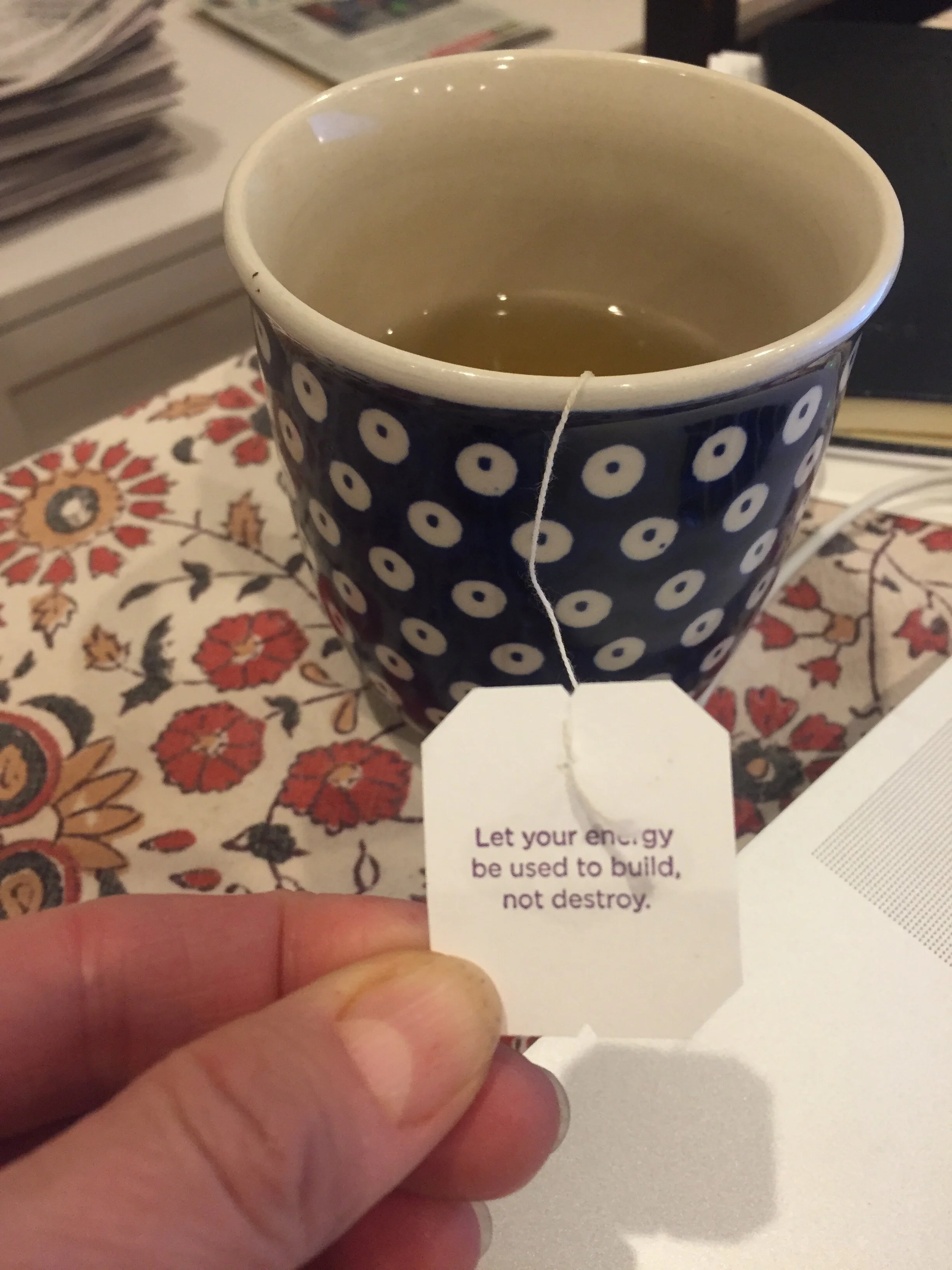How to Help a Client Get Better at Giving Feedback on Creative
Dear XXX Client: giving feedback on creative is a subject you mentioned to me as a development area for you. I reached out to a few colleagues about this; it¹s a subject dear to my heart. I¹m writing now with some thoughts for you.
The cake was delicious, but not at all pretty. Sometimes that happens.
Giving feedback on creative is hard. There you are, surrounded by your peers, literally judging the work of another. It¹s not easy.
My first suggestion to folks new to evaluating creative and providing feedback in a public forum is that they make certain they are addressing the correct audience at the table. Please always, look at the creative who shared their work with you. Smile. Address them directly. Many times, I¹ve seen clients look at and talk only to members of their own team. Making it appear as if their comments are intended for their internal team, not a creative person in particular and their agency partner in general.
Know this, your agency team has made something they hope you like. They have written, rewritten, drawn and redrawn, thought and fought, to get to this meeting with you. They really want you to like what they¹ve made! Have this assurance, this confidence, in their wishes for their work, when you approach the opportunity for feedback.
In my experience, when there’s sensitivity about a topic, looking at the person to whom you are speaking with kindness goes a long, long way. Addressing the correct party is a first solution to making giving feedback better understood and more generously digested by the intended audience.
After this, look the brief right in the eyes, too. Understand the brief. Know the brief. The brief if our contract with you for the work we will make together.
Next, ask questions. Pause before you make conclusions or start solving problems.¹ In my experience, many Jr [and Sr!] clients feel they have to provide comments/reaction right away. Sometimes it¹s more helpful to fuel the discussion with questions.
If the tonality is not what you expected, for instance, ask why an approach was taken. This tactic, instead of commenting that it doesn¹t feel right, allows the creatives the platform to outline their rationale for the thoughtful decisions they made on behalf of the brand. If you feel the idea is not on strategy, read from the brief, then ask how the agency feels the work delivers on key message elements or the audience insight. In this manner, you make your point, but you will also fuel a much richer dialogue and ensure that there¹s no misunderstanding or pre-judgment. Plus, it forces the agency to justify what they brought into the room, which we should always be prepared to do.
Last, react with your gut as well as with they eye of a marketer. Pay attention to how the work hits you physically, emotionally is it funny, off-putting, surprising? Share these feelings with us. Marketing is, as you know, not the delivery of a message so much as it is the delivery of a feeling that we want people to have for our brands and products. You know this. After you experience the work on this level, then you can dig deeper to make sure it¹s capturing the specifics you as a marketer feel need to be captured.
I have thoughts and opinions also on what makes for break-through work and how to build brand meaning and distinction.













